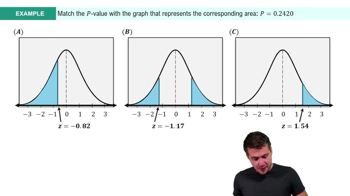Here are the essential concepts you must grasp in order to answer the question correctly.
Census vs. Sampling
A census involves collecting data from every member of a population, providing complete information but often requiring significant time and resources. In contrast, sampling involves selecting a subset of the population to infer characteristics about the whole. For large populations, like 15,000 students, sampling is typically more practical and cost-effective.
Recommended video:
Sampling Distribution of Sample Proportion
Sampling Techniques
Sampling techniques are methods used to select individuals from a population for a study. Common techniques include random sampling, where every individual has an equal chance of selection, and stratified sampling, which involves dividing the population into subgroups and sampling from each. The choice of technique affects the representativeness and reliability of the results.
Recommended video:
Sampling Distribution of Sample Proportion
Representativeness
Representativeness refers to how well a sample reflects the characteristics of the larger population. A representative sample ensures that the findings can be generalized to the entire population. Factors such as sample size and selection method play crucial roles in achieving representativeness, which is essential for drawing valid conclusions about students' favorite spring break destinations.
Recommended video:
Step 3: Get P-Value Example 3
 Verified step by step guidance
Verified step by step guidance Verified video answer for a similar problem:
Verified video answer for a similar problem:



 2:13m
2:13m